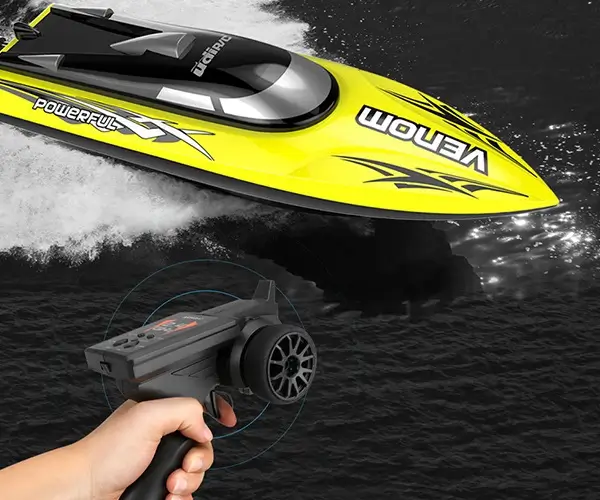Imagine a world where you can give life to machines with just a few lines of code—where mechanical limbs, robotic arms, or even artistic installations move seamlessly, responding to your commands or even your thoughts. Welcome to the realm of Arduino servo motor control, a universe that blends hardware tinkering with software wizardry. Whether you're a seasoned engineer or a curious hobbyist, understanding how to control servo motors with Arduino unlocks endless possibilities for creative and functional projects.

What is an Arduino and Why Use It?
At its core, Arduino is an open-source microcontroller platform that simplifies the process of building digital devices. Its popularity skyrocketed because of its ease of use, affordability, and the vibrant community that supports it. With Arduino, you can connect sensors, buttons, displays, and most importantly, motors—like the famous servo motor—to craft everything from simple animations to complex robotic systems.
Spotlight on Servo Motors
A servo motor is a compact rotary actuator capable of precise angular positioning. Unlike regular motors that rotate continuously, servo motors are designed for accurate control over position, speed, and acceleration, making them ideal for applications where precision matters—robotics, remote-controlled vehicles, camera gimbals, and more.
Typical servo motors operate within a range of about 0° to 180°, though some specialized models go beyond. They are usually controlled via Pulse Width Modulation (PWM), with the length of the pulse determining the position of the motor’s arm.
The Power of Arduino + Servo
Combining Arduino with servo motors creates an intuitive way to translate digital commands into physical movement. Programming the Arduino to control a servo involves sending the correct PWM signals through a dedicated pin, a task made straightforward with Arduino's built-in libraries.
Step-by-Step Journey into Arduino Servo Control
To get started, you’ll need some basic components:
An Arduino board (Uno, Nano, Mega, etc.) A servo motor A breadboard and jumper wires Power supply
Once you've gathered these, you can begin experimenting with simple scripts that tell the servo to move to specific angles. These initial projects set the foundation for more advanced tasks like building robotic arms, animatronics, or automated camera slides.
Writing Your First Arduino Servo Motor Code
Here's the simplest example of controlling a servo:
#include Servo myServo; void setup() { myServo.attach(9); // Attach the servo to pin 9 } void loop() { myServo.write(0); // Move servo to 0 degrees delay(1000); // Wait for a second myServo.write(90); // Move to 90 degrees delay(1000); // Wait again myServo.write(180); // Move to 180 degrees delay(1000); }
This code leverages the Servo.h library, a powerful tool that abstracts low-level PWM control and makes servo operations accessible even to beginners. The attach() function specifies the pin, and write() sets the servo position.
Fine-tuning and Calibration
Getting your servo to move precisely involves understanding its limits and adjusting the code accordingly. Some servos might not respond perfectly at certain angles or may have a 'dead zone' where movement is inconsistent. Test your servo thoroughly, and if needed, update the write() values or add some smoothing algorithms for gradual movement.
When Things Don't Work? Troubleshooting Tips
Power issues: Servos can draw a lot of current; powering them directly from the Arduino's 5V pin may cause resets. Use an external power supply when controlling multiple servos. Wiring mistakes: Double-check connections—ground to ground, power to power, signal to the correct digital pin. Library conflicts: Make sure you have the latest Servo.h library installed via the Arduino IDE Library Manager.
Moving Beyond Basics
Once comfortable, you can experiment with feedback mechanisms (like potentiometers), build sequences, or integrate sensors, creating interactive systems that respond dynamically to their environment.
I'll continue with part 2 now, which will dive deeper into advanced controlling techniques, real-world project ideas, and troubleshooting tips.
Kpower has delivered professional drive system solutions to over 500 enterprise clients globally with products covering various fields such as Smart Home Systems, Automatic Electronics, Robotics, Precision Agriculture, Drones, and Industrial Automation.




































